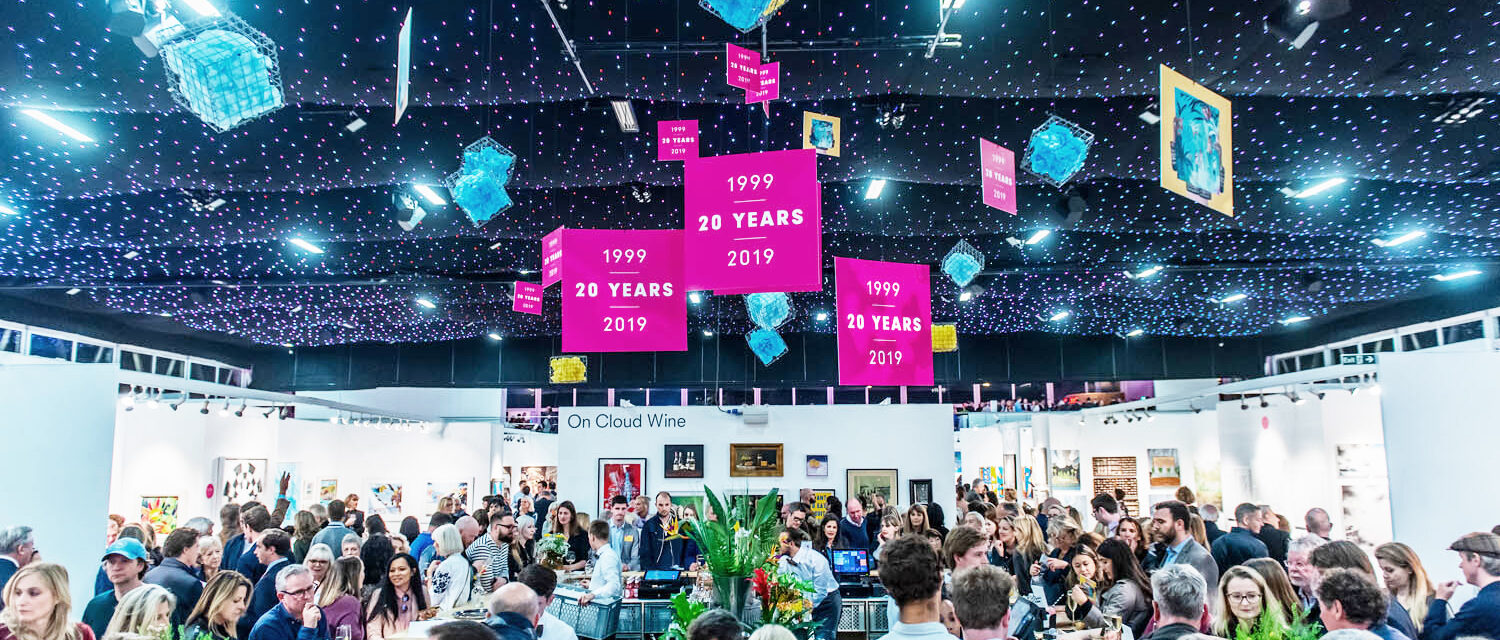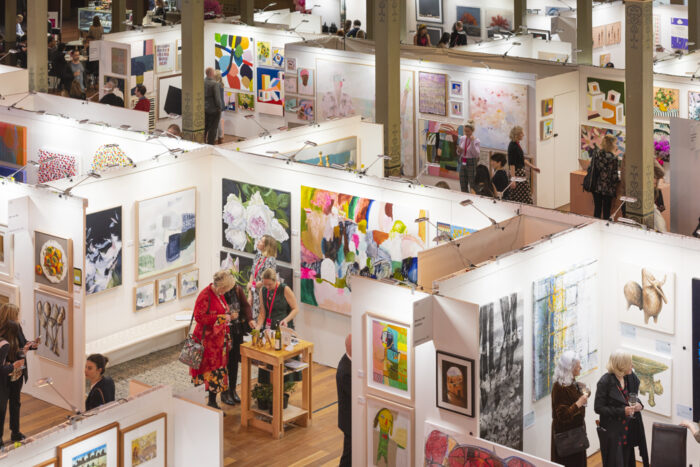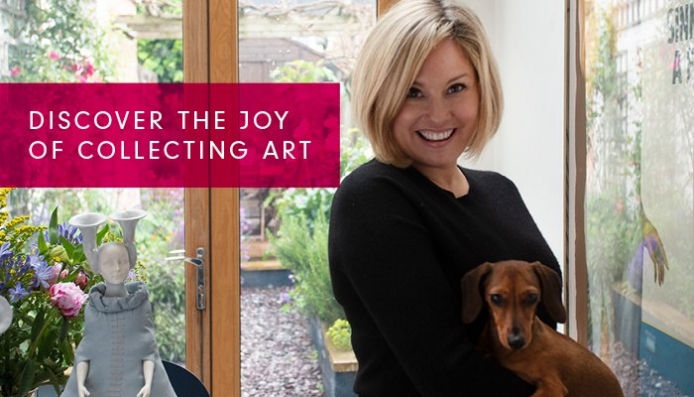- What We Do
- Understanding your audience
- Engaging new audiences
- Designing experiences
- Building loyalty
 Case studies
Case studiesAffordable Art Fair - Embedding Culture Segments
The Affordable Art Fair is a global operation. Not only are they successfully targeting new audiences through Culture Segments, they have effectively embedded Culture Segments thinking across the whole organisation. Here’s how they’ve done it.
The Affordable Art Fair holds 13 fairs in 10 countries, which in 2019 attracted over 202,000 visitors.
Since Will Ramsay founded the company in 1999, over 2.7million people have visited an Affordable Art Fair, taking home over half a million artworks.
The company also offers art lovers the chance to purchase affordable contemporary artworks 24/7 through its online marketplace. Culture Segments is helping to solve the organisation’s need to connect with audiences and optimise the Fair experience, making it successful for gallerists and visitors alike.


Sarah Lyons, the Affordable Art Fair’s Head of Marketing, explains how Culture Segments is embedded across the organisation to help them achieve this:
“We started working with MHM in 2018 as we were noticing differences in our audience attendance throughout the year. We wanted to find out who our audiences were, how we could reach them, and which audiences would gain most from the experience of visiting the fairs.”
The Affordable Art Fair found their dominant Segments, globally, were Expression (26%) followed by Essence (22%) and they opted to focus on two supporting segments as well: Affirmation and Stimulation, who came to some Fairs more than others. The goal is to increase their audience share from these segments.
Embedding Culture Segments across a global operation
As well as rethinking their marketing approach, The Affordable Art Fair has made great efforts to ensure Culture Segments thinking is embedded across every area of their global operation:
1. All staff know their Culture Segment
There is an annual staff conference where they get together from around the world. Everyone answers the Golden Questions before they arrive and knows which segment they belong to.
2. Staff practise applying the segments
At the staff conference there is workshopping around Culture Segments. The marketing team creates challenges such as ‘write an email that’s designed to attract a Stimulation audience’ or ‘think of a fair attraction that would meet Expression’s needs and engage them in the art’.
3. They share the Culture Segments pen portraits
MHM’s Pen Portraits help the team understand the mindsets of each Segment. Says Sarah: “I personally really like the ‘how to reach this Segment’ section. When I speak to people who aren’t confident in marketing I use the portraits to bring to life how to speak to each Segment.”
Naturally, the Fair peppers copy with Culture Segments buzzwords. To support their brand proposition – Discover the joy of collecting art – they created a campaign to bring the target Segments to life with videos of real fair visitors.

4. They sense-check content
Sarah’s team talk regularly to the international teams, making sure there’s planned content that works for each of the target Segments.
In addition, they create global content for all teams to use. The Fair’s 20th anniversary magazine was created to specifically appeal to the four target Segments and help build trust in the Affordable Art Fair, which the research had identified as being an area they wanted to work on.
5. They talk about Culture Segments with external agencies
The marketing team always include the Culture Segments in briefings, for example with PR agencies, and have found it an incredibly useful shortcut for explaining their target audience.
6. They share Culture Segments expertise with gallerists
The Affordable Art Fair has a family of loyal galleries, some of whom have been exhibiting since 1999. These small to medium-sized businesses want to know the customers as much as the Fair does, so the team runs Business of Art sessions to help gallerists be effective and sell more art.
The sessions can include sharing Culture Segments audience insights. The gallerists explore how the Segments can help them make better connections with visitors, engage them on their terms, and understand the different drivers people have for purchasing and owning art.
Impact – Increased engagement and audience share in first six months.
In the first year of implementing the strategy globally Sarah’s team was seeing hugely encouraging results.
When looking at the Culture Segments of first time visitors to the fair in 2019, three quarters (76%) were from the four key segments.
The Fair’s brand proposition and 20th anniversary campaigns drove a reach of over 2.2 million from just 220 communications.
The Fair’s #MyAffordableArt blogs, focused on the Expression audience:
- Just six UK social media posts reached 46,400 people
- Over 1 million page-views of three blogs featuring art in the homes of the UK Affordable Art Fair team
- Half the blog viewers engaged with further content or purchased tickets.
- The campaign was so successful that we expanded it globally and ran a further four blogs featuring international Affordable Art Fair team members.
“All in all, the whole Affordable Art Fair organisation feels excited and empowered by Culture Segments. It’s given us a common language, whether we’re in London or Brussels, New York or Singapore, to understand the people we want to come to our fairs and why they will love them.”
Sarah Lyons, Head of Marketing, The Affordable Art Fair
“All in all, the whole Affordable Art Fair organisation feels excited and empowered by Culture Segments. It’s given us a common language, whether we’re in London or Brussels, New York or Singapore, to understand the people we want to come to our fairs and why they will love them.”
Sarah Lyons, Head of Marketing, The Affordable Art Fair
- Engaging new audiences
- Understanding your audience
